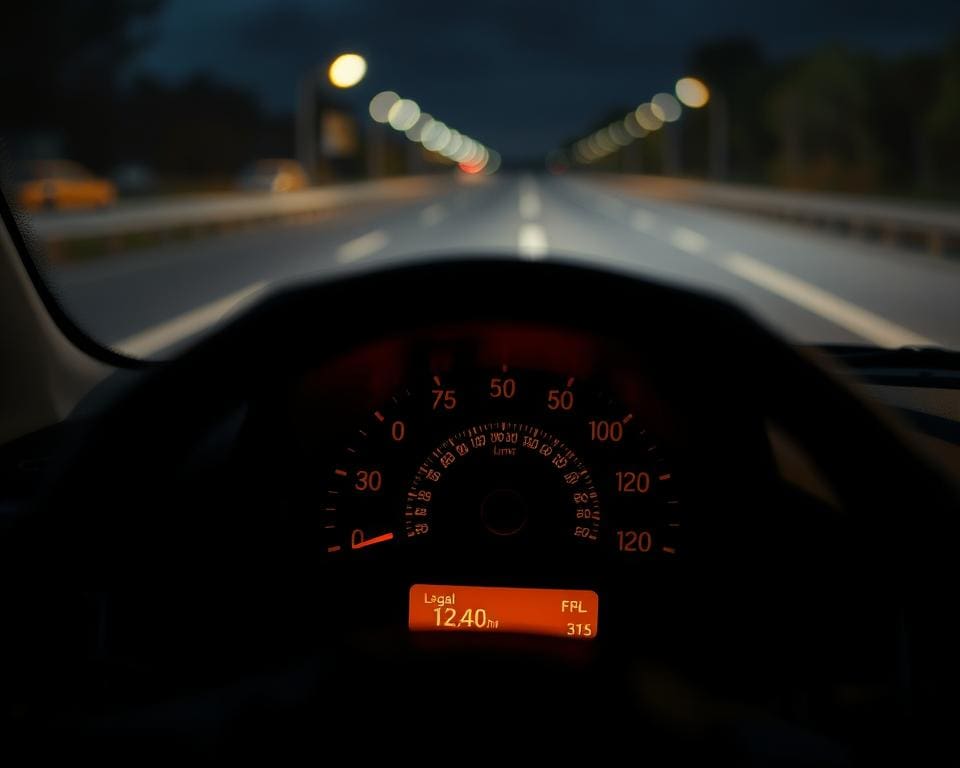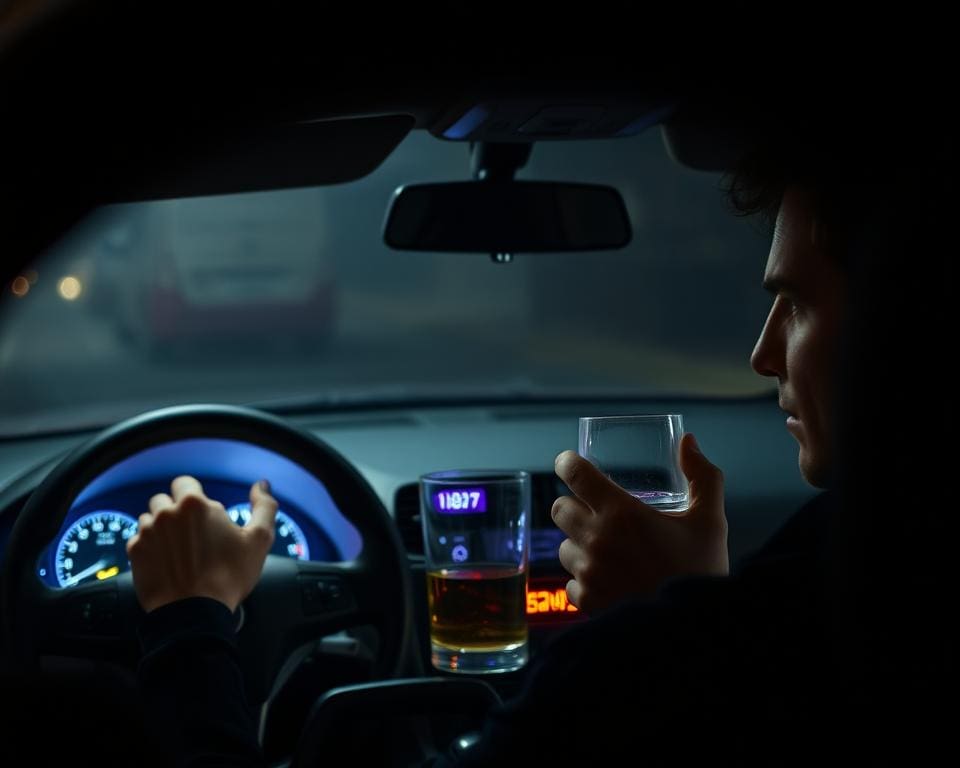The question of how many drinks one can consume while still adhering to the legal alcohol limit for driving is a critical consideration for anyone planning a night out. Understanding the drunk driving limits in the UK not only ensures that you remain within the law but also plays a significant role in promoting road safety for everyone. The legal alcohol limits for driving vary across regions, which can have a substantial impact on individual choices regarding alcohol consumption and driving. This section aims to clarify these important parameters and inspire responsible drinking habits, enabling you to enjoy social events without the worry of legal repercussions.
Understanding the Legal Alcohol Limit for Driving
Driving under the influence of alcohol poses significant risks, not just to the driver but to everyone on the road. Understanding the legal alcohol limit for driving is crucial for ensuring safety. It is essential to know that drink driving blood alcohol levels determine whether a driver is legally permitted to operate a vehicle. The standards for these limits vary within the UK, and awareness can greatly affect road safety.
What is the Legal Limit in the UK?
In the UK, the legal alcohol limit for driving is not uniform across the board. In England, Wales, and Northern Ireland, drivers must stay below a blood alcohol concentration of 0.08%. In contrast, Scotland has a more stringent limit of 0.05%. These variations reflect differing legislative approaches to drink driving. Exceeding these limits can lead to serious consequences during a breathalyser test, potentially resulting in hefty fines, license suspension, and even imprisonment.
Variations Across the UK
Understanding the regional differences in legal alcohol limits is vital for drivers. In England, Wales, and Northern Ireland, the established limit allows drivers to enjoy moderate drinking but not to risk impairment. Conversely, Scotland’s lower limit of 0.05% indicates a stricter approach to alcohol consumption while driving. Being aware of drink driving blood alcohol levels can help individuals make informed decisions before getting behind the wheel, enhancing overall road safety.

How Many Drinks Can You Have When Driving
Understanding how many drinks one can consume before driving involves delving into the science of blood alcohol levels and the factors influencing them. The correlation between alcohol consumption and driving can significantly impact safety on the roads.
The Science Behind Blood Alcohol Levels
Blood alcohol levels are crucial for determining whether a person is fit to drive. When alcohol enters the bloodstream, it affects both physical abilities and cognitive functions. A common misconception is that everyone metabolises alcohol at the same rate, leading many to underestimate the amounts they can drink safely. Even small amounts can inch blood alcohol concentration toward illegal limits, which can jeopardise driving capacity.
Factors Affecting Alcohol Absorption
Various factors affect how alcohol gets absorbed into the bloodstream. Body weight plays a significant role, as heavier individuals may tolerate more drinks compared to lighter ones. Furthermore, gender differences affect alcohol metabolism; women generally process alcohol more slowly than men. The type of alcohol consumed, whether it be spirits, wine, or beer, similarly alters absorption rates. Understanding these factors can guide individuals in responsibly addressing the question: How many drinks can you have when driving?
The Impact of Alcohol Consumption on Driving
Alcohol consumption significantly affects an individual’s ability to operate a vehicle safely. This impairment extends beyond just physical coordination; it deeply influences cognitive functions essential for driving. Understanding the relationship between drink driving awareness and the science of how alcohol impacts cognitive impairment and reaction times is vital for promoting safe road behaviours.
Cognitive Impairment and Reaction Times
Studies consistently show that even small amounts of alcohol can lead to cognitive impairment, which impacts judgment and decision-making skills. For instance, reaction times can be significantly delayed, increasing the risk of accidents. Drivers may struggle to assess distances correctly or respond swiftly to unexpected situations, ultimately endangering themselves and others on the road. Recognising these effects can raise drink driving awareness and encourage individuals to think twice before getting behind the wheel after consuming alcohol.
Public Perception of Alcohol and Driving
Alcohol and driving often come with a complicated social narrative. Many cultures normalise drinking in social settings, leading to an underestimation of its dangers. Public perceptions can influence behaviours, with some individuals perceiving it as acceptable to drive after consuming a moderate amount of alcohol. This attitude poses a threat to road safety laws. Challenging these societal norms and advocating for responsible drinking can significantly enhance road safety and reduce the likelihood of accidents caused by impaired driving.
Drink Driving Penalties and Laws
Understanding the legal landscape regarding drink driving is essential for all motorists. The UK has stringent DUI laws aimed at reducing road traffic incidents related to alcohol consumption. Both drivers and those in charge of a vehicle need to be aware of the types of offences and their consequences under these laws.
Types of Offences and Their Consequences
Drink driving encompasses various offences, each with its own set of penalties. Some common types include:
- Driving under the influence of alcohol
- Being in charge of a vehicle while above the legal limit
- Refusing to provide a breath, blood, or urine sample
The consequences for these offences can vary significantly. Offenders may face:
- Fines up to £5,000
- Driving bans from 12 months to several years
- Imprisonment for serious offences
Understanding these drink driving penalties can have a profound impact on public safety and individual responsibility. Compliance with these laws not only protects the driver but also safeguards other road users.
Understanding the DUI Laws in the UK
DUI laws in the UK are primarily governed by the Road Traffic Act and set forth specific legal limits for blood alcohol concentration (BAC). Exceeding these limits constitutes an offence, and the legal implications are severe. Knowing the factors that could influence your BAC can prevent unintended infractions. Penalties are designed to deter drunk driving, reinforcing the necessity of responsible decision-making regarding alcohol consumption and driving.
Promoting Drink Driving Awareness and Road Safety
Fostering drink driving awareness is essential to combat the alarming statistics surrounding road accidents caused by impaired driving. Community campaigns play a vital role in educating individuals about the dangers and consequences of exceeding drunk driving limits. By promoting responsible drinking and emphasizing the importance of knowing one’s personal limits, these initiatives aim to instil a culture of safety on our roads.
Road safety laws in the UK have evolved to reflect the serious risks associated with drink driving, yet public awareness remains a critical component in reducing incidents. Local organisations, schools, and non-profits can collaborate to create educational programmes that offer not only information about drunk driving limits but also real-life testimonials from individuals affected by such tragedies. This human aspect serves as a powerful motivator for change.
Engagement in drink driving awareness campaigns encourages individuals to take responsibility for their actions. Sharing success stories from initiatives that have positively influenced driving behaviour can inspire community participation. Together, we can create a safer environment for everyone on the road, ensuring that our shared spaces are free from the dangers of drink driving.









